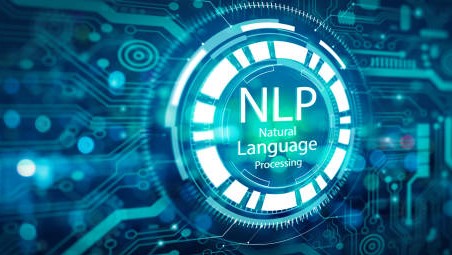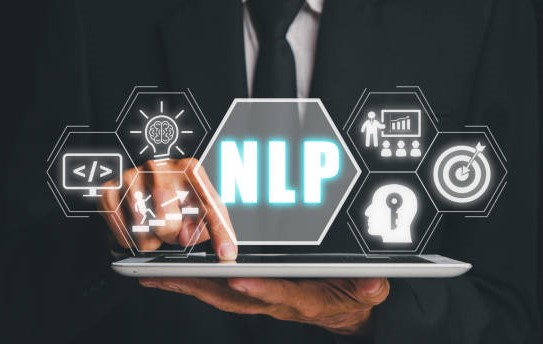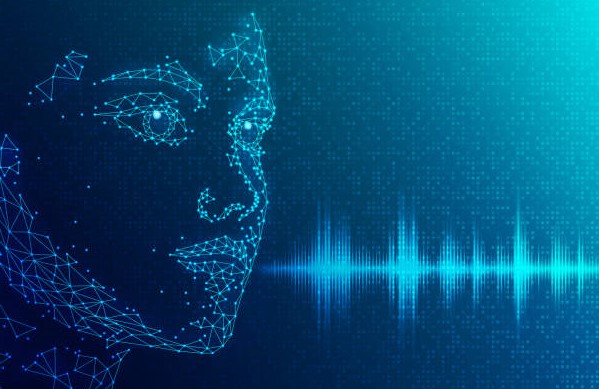Introduction
In today’s fast-paced world, the amount of data generated daily is staggering. With so much information available, it can be challenging to sift through and make sense of it all. That’s where Natural Language Processing (NLP) comes in. NLP is a branch of artificial intelligence that focuses on the interaction between computers and human language, allowing computers to analyze, understand, and generate human language.
NLP has become an increasingly popular tool for businesses looking to gain insights from their data. By using NLP algorithms, companies can transform vast amounts of unstructured data, such as customer feedback, social media posts, and email conversations, into actionable insights. These insights can be used to improve customer experience, identify market trends, and make more informed business decisions.

A Natural Language Processing Technology with Abstract Background Concept
One of the most significant advantages of NLP is its ability to analyze large amounts of data quickly and accurately. NLP algorithms can process natural language data at a speed and scale that is impossible for humans to match. This speed and accuracy allow businesses to gain insights in real time, enabling them to make informed decisions quickly.
Another advantage of NLP is its ability to understand the nuances of human language. NLP algorithms can identify sentiment, sarcasm, and even slang, allowing businesses to gain a deeper understanding of their customer’s needs and preferences. This understanding can be used to tailor products and services to meet customer needs, leading to increased customer satisfaction and loyalty.
What is Natural Language Processing (NLP)?
Natural Language Processing (NLP) is a subfield of artificial intelligence that deals with the interaction between computers and human language. It involves teaching computers to analyze, understand, and generate natural language, enabling them to process vast amounts of unstructured data such as text, speech, and images.

A Person on his Tablet with NLP Icon in the Middle Concept
NLP algorithms are designed to interpret the meaning behind language, allowing computers to comprehend and respond to human requests. These algorithms use a combination of machine learning, computational linguistics, and statistical modeling to break down languages into their constituent parts, such as words, phrases, and syntax.
One of the main challenges of NLP is dealing with the complexity of human language. Unlike programming languages, which are precise and structured, natural language is often ambiguous, context-dependent, and subject to change over time. NLP algorithms must be able to handle these nuances and adapt to new forms of language as they emerge.

NLP used in Conversational AI Voice with Sound Wave
NLP has a wide range of practical applications, from chatbots to language translation and sentiment analysis. By using NLP, businesses can gain valuable insights from unstructured data sources such as customer feedback, social media posts, and support tickets. NLP can also be used to automate repetitive tasks such as data entry and content creation, freeing up valuable time and resources for other activities.
Thoughts
Natural Language Processing has revolutionized the way we interact with computers and process vast amounts of unstructured data. With its ability to interpret the meaning behind human language, NLP has opened up a world of possibilities for businesses and individuals alike. As the field continues to evolve and new applications are discovered, we can expect NLP to play an increasingly important role in our lives. Whether it’s improving customer experiences, automating repetitive tasks, or gaining insights from data, NLP has the potential to transform the way we live and work. So, as we look to the future, let us embrace the power of Natural Language Processing and explore all the amazing possibilities it has to offer.
